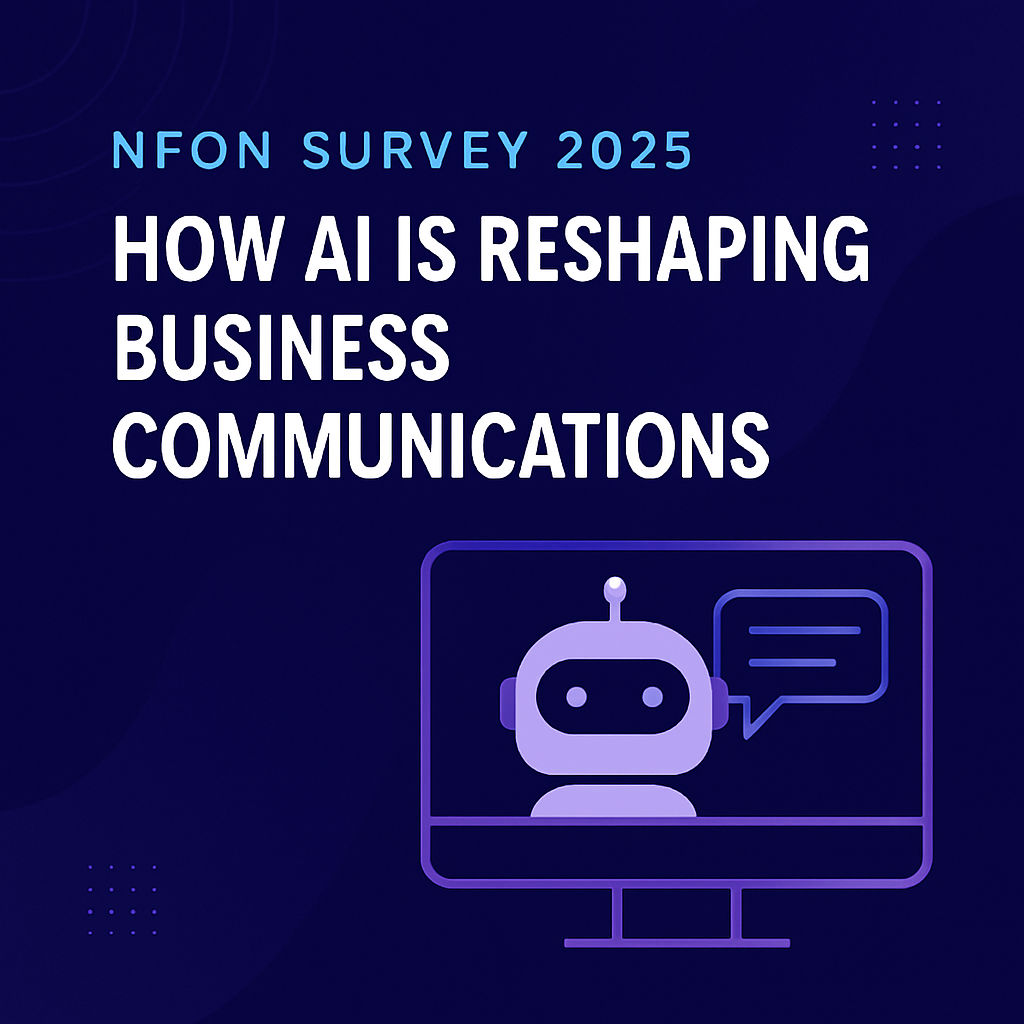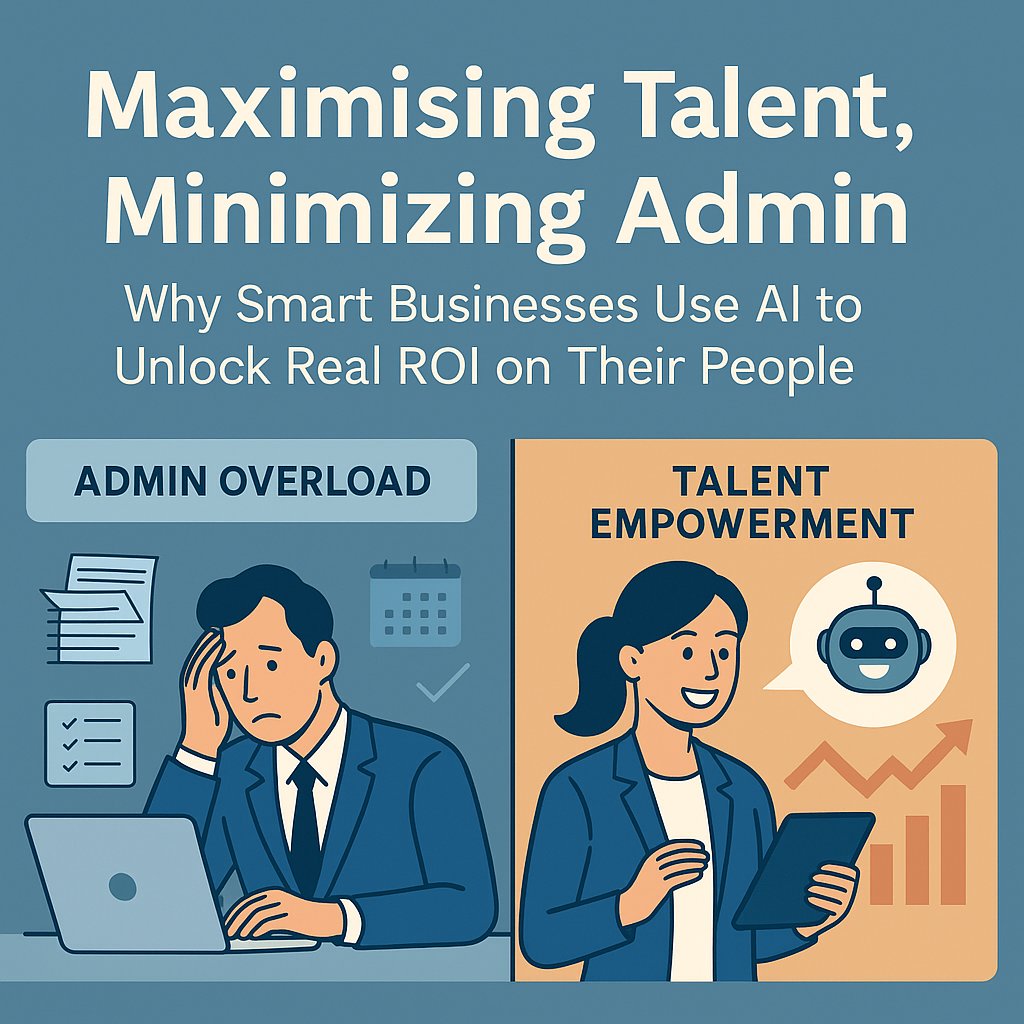Hybrid working, at its core, embraces the principle of employees balancing remote working from any location, with also working from a physical office environment.
Hybrid working in the context of COVID-19
Since the pandemic began, widespread remote working has become the norm for many organisations within the public sector. At the peak of lockdown, approximately 20 million people were working from home in the UK (pre-COVID only about 1.7 million UK workers classed themselves as home workers).
This is a trend set to continue long into the future. Not only have public sector employees experienced more control over their work and life balance, productivity levels have significantly increased, and cost-efficiencies have been made by reducing the need for office spaces. This is particularly pertinent for public sector authorities who have ownership of numerous municipal buildings and estates.
Recent research conducted by the Government Property Agency (GPA) surveyed 25,000 civil servants and revealed hybrid working is a strong preference for working patterns post-pandemic. Of the civil servants surveyed, it was identified they felt their productivity had not suffered as a result of working remotely. There is a clear behavioural shift happening, and the growing demand for more modern, flexible, digitally driven workforces is evident. As the survey results above suggest, the wheels are already in motion for hybrid-working across the public sector.
If your organisation is looking to capitalise on hybrid working as a long-term reality for employees’ post-pandemic, here’s 3 key benefits:
-
Autonomy and choice
Dispelling myths about hybrid working is key to its long-term success, and perhaps the most underlying issue of recent debate is this: hybrid working should not be seen as a binary decision where you need to choose which side you prefer. The surge in remote working we have seen during the pandemic does not indicate ‘the death of the office’. What hybrid working champions is balance – the idea that remote working can exist in harmony with the office, and together offer the best of both worlds. Hybrid working simply reinforces autonomy and choice, which can be very empowering for employees.
As Dominic Brankin, Workplace Services Director at the GPA explains, “As more people return to the workplace, we have the opportunity to strike a different balance between working in an office, at home or in another remote location. That could potentially be a better balance than what we had before. But we do need to help people understand that this is not a case of the pendulum now swinging the other way entirely, moving us from one extreme to the other.”
-
Work life balance
The 9-5 solid structure that has dominated so many working lives across the public sector was created by American labour unions in the 1800s. Since then, it is a rigid work pattern that has clung on unnecessarily to workplaces, restricting growth in areas such as digital technology and negatively impacting our mental and physical health. By offering the option of hybrid working, the public sector is effectively prioritising the wellbeing of their workforce and encouraging a healthier work-life culture.
-
Productivity
Achieving maximum productivity is a continual goal within the public sector. Sir Patrick Vallance, the Government Chief Scientific Advisor, has recently communicated his thoughts on productivity to the Prime Minister, stating: “The UK’s productivity gap is well known however, technology is the key to productivity and essential to closing the gap previously experienced in the UK.”
The word of the year is “hybrid”
A distributed and digitalised public sector workforce opens valuable opportunities and addresses challenges in a mode of working that is enabled by accessible technology. It actively encourages collaboration amongst staff, re-imagines ways of connecting with citizens and addresses any vulnerabilities in security systems, data and processes. Hybrid working goes hand-in-hand with the benefits of Smarter Working delivery, and together they feed into Government’s future plans around regional growth, government hubs, the Whitehall Campus and the delivery of a brilliant Civil Service.
Hybrid working is essential to how the public sector navigates the post-pandemic landscape. And with lockdown stimulating meaningful conversations about the mental and physical health of humans and the role this plays in our work, hybrid working is the most natural step forward. When implemented correctly, this is what the future of the public sector hybrid working model can achieve.
NFON technology supports hybrid working
NFON has developed two technology platforms that support hybrid working: Cloudya, an enterprise level communications system and Nvoice for Microsoft Teams, offering seamless integration with Microsoft Teams. Both platforms allow for the use of any device, from any location and at any time. They support remote workers and geographically distributed teams to achieve higher performance, productivity and cost-savings.
Cloudya was designed to enhance the digital workspace by integrating it with unified communications capabilities, thereby supporting a more agile, collaborative, remote workforce. Both Cloudya and Nvoice for Microsoft Teams uniquely support UK government agencies to become a powerhouse of high-tech information and communications technology.
Technology has been widely recognised for being the solution to many COVID-related challenges. It has enabled business continuity and public services to run when social-distancing measures didn’t allow. It has connected colleagues and citizens together when they felt isolated or lonely. It has provided a beacon of opportunities for what the future in the public sector could be.
Click here to find out more about how NFON solutions help organisations in the public sector.









